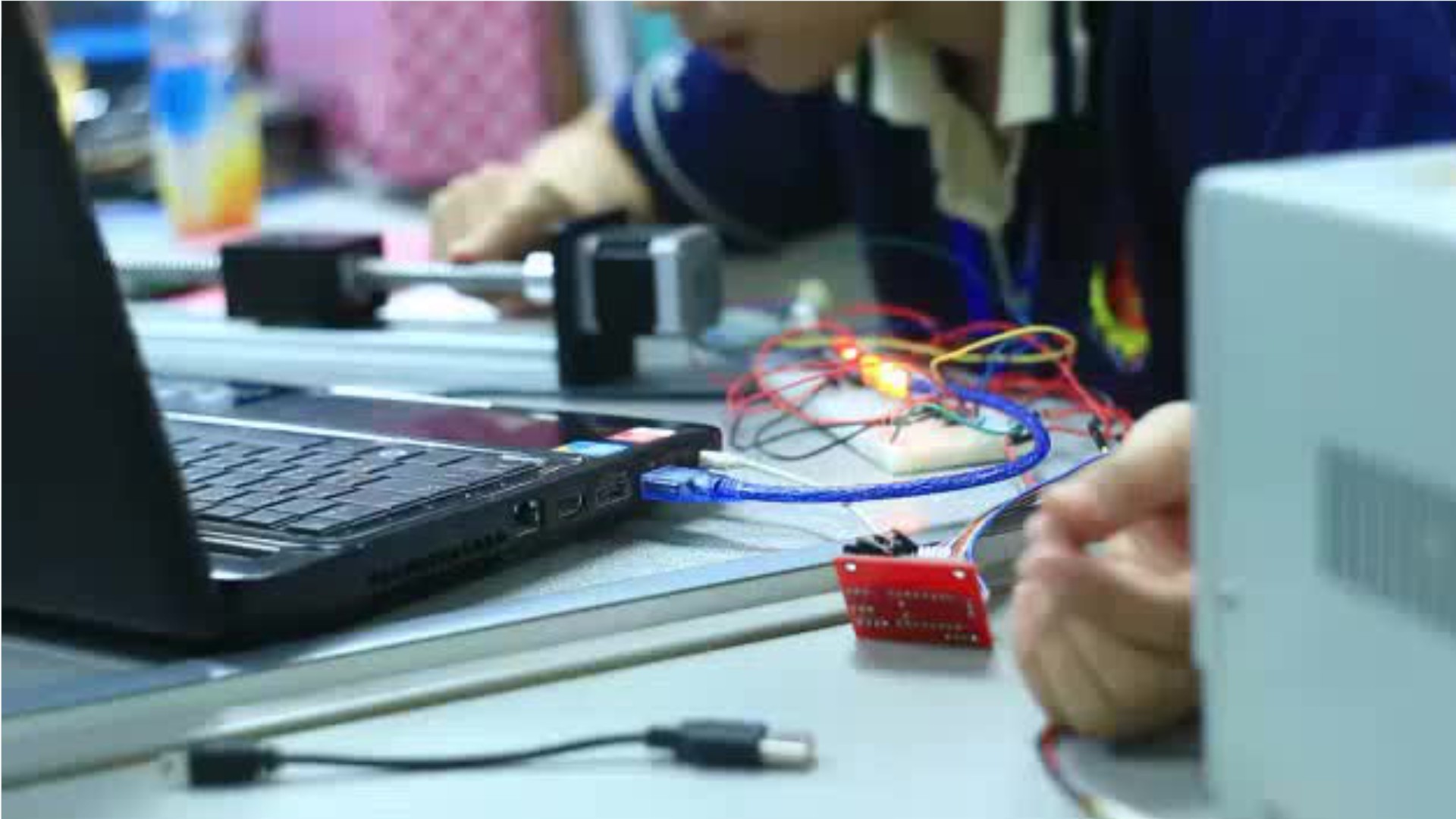Electronic Equipment Installers & Repairers, Motor Vehicles
Automotive Technician, Car Audio Installer, Car Stereo Installer, Mobile Electronics Installation Specialist
 Select a military branch to see samples.
Select a military branch to see samples.
Aerospace Ground Equipment; Aerospace Ground Equipment Craftsman; Aerospace Ground Equipment Superintendent; Heavy Aircraft Integrated Avionics Apprentice, C4ISR Mission Systems (E-3, E-4, E-7, EC-130H, RC-135, VC-25); Heavy Aircraft Integrated Avionics Helper; Heavy Aircraft Integrated Avionics Journeyman, C4ISR Mission Systems (E-3, E-4, E-7, EC-130H, RC-135, VC-25); Mission Generation Vehicular Equipment Maintenance Apprentice; Mission Generation Vehicular Equipment Maintenance Helper; Mission Generation Vehicular Equipment Maintenance Journeyman, Firefighting and Refueling Vehicle and Equipment Maintenance; Mission Generation Vehicular Equipment Maintenance, Journeyman, Material Handling Equipment (MHE)/463L Maintenance
AH-64 Armament/Electrical/Avionics Systems Repairer; Armament/Electrical/Avionics Repair Supervisor; Cannon Crewmember; Combat Engineer; Construction Equipment Repairer; M1 Abrams Tank System Maintainer; Maintenance Supervisor; Self Propelled Artillery Systems Mechanic; Senior Maintenance Supervisor; Tracked Vehicle Repairer
Avionics Electrical Technician; Electrician's Mate; Marine Safety Specialist Engineer
Assault Amphibious Vehicle (AAV)/Assault Combat Vehicle (ACV) Repairer/Technician; Crash/Fire/Rescue Vehicle Technician; Electro-Optical Ordnance Repairer; Engineer Equipment Mechanic; Fuel and Electrical Systems Mechanic; Ground Electronics Systems Maintenance Technician; Ground Electronics Transmission Systems Maintainer; Heavy Ordnance Vehicle Repairer/Technician; Motor Transport Maintenance Chief; Ordnance Vehicle Maintenance Chief
Armament Weapons Support Equipment (ASWE) Maintenance Manager; Communications Technician; Electricians Mate, Nuclear Power; Electronics Technician, Submarine, Navigation; Gas Turbine System Technician (Electrical); Information Systems Technician, Electronic Warfare; P-3/C-130/E-2/C-2 Electrical Component IMA Technician; SSBN SSI Inc 4 Electronics Technician Journeyman; SSGN Navigation Maintenance Electronics Technician; WSN-2 Stabilized Gyrocompass Technician
No similar titles were found.
What they do:
Install, diagnose, or repair communications, sound, security, or navigation equipment in motor vehicles.
On the job, you would:
- Install equipment and accessories, such as stereos, navigation equipment, communication equipment, and security systems.
- Inspect and test electrical or electronic systems to locate and diagnose malfunctions, using visual inspections and testing instruments, such as oscilloscopes and voltmeters.
- Cut openings and drill holes for fixtures and equipment, using electric drills and routers.
Knowledge
Engineering and Technology
- mechanical
- computers and electronics
Business
- customer service
Math and Science
- arithmetic, algebra, geometry, calculus, or statistics
Arts and Humanities
- English language
Skills
Basic Skills
- thinking about the pros and cons of different ways to solve a problem
- listening to others, not interrupting, and asking good questions
Problem Solving
- noticing a problem and figuring out the best way to solve it
Abilities
Hand and Finger Use
- keep your arm or hand steady
- put together small parts with your fingers
Ideas and Logic
- notice when problems happen
- use rules to solve problems
Attention
- pay attention to something without being distracted
- do two or more things at the same time
Verbal
- listen and understand what people say
Personality
People interested in this work like activities that include practical, hands-on problems and solutions.
They do well at jobs that need:
- Attention to Detail
- Dependability
- Cautiousness
- Perseverance
- Integrity
- Achievement Orientation
Technology
You might use software like this on the job:
Spreadsheet software
- Microsoft Excel
Presentation software
- Microsoft PowerPoint
Analytical or scientific software
- Harris Tech X.over Pro
- True Audio WinSpeakerz
Education
Education: (rated 3 of 5)
certificate after high school or
high school diploma/GED
usually needed
high school diploma/GED
usually needed
Job Outlook
Below Average
New job opportunities are less likely in the future.
Explore More
- Automotive Service Technicians & Mechanics
- Avionics Technicians
- Electric Motor, Power Tool, & Related Repairers
- Electrical & Electronics Installers & Repairers, Transportation Equipment
- Electrical & Electronics Repairers, Commercial & Industrial Equipment
You might like a career in one of these industries:
See more details at O*NET OnLine about Electronic Equipment Installers & Repairers, Motor Vehicles.





